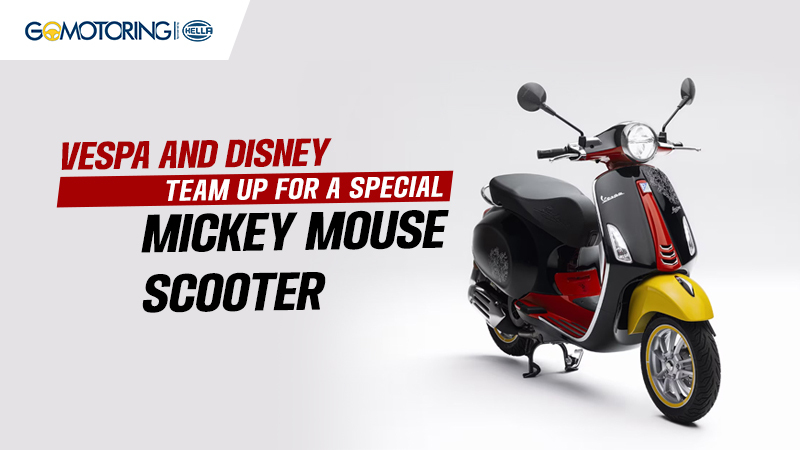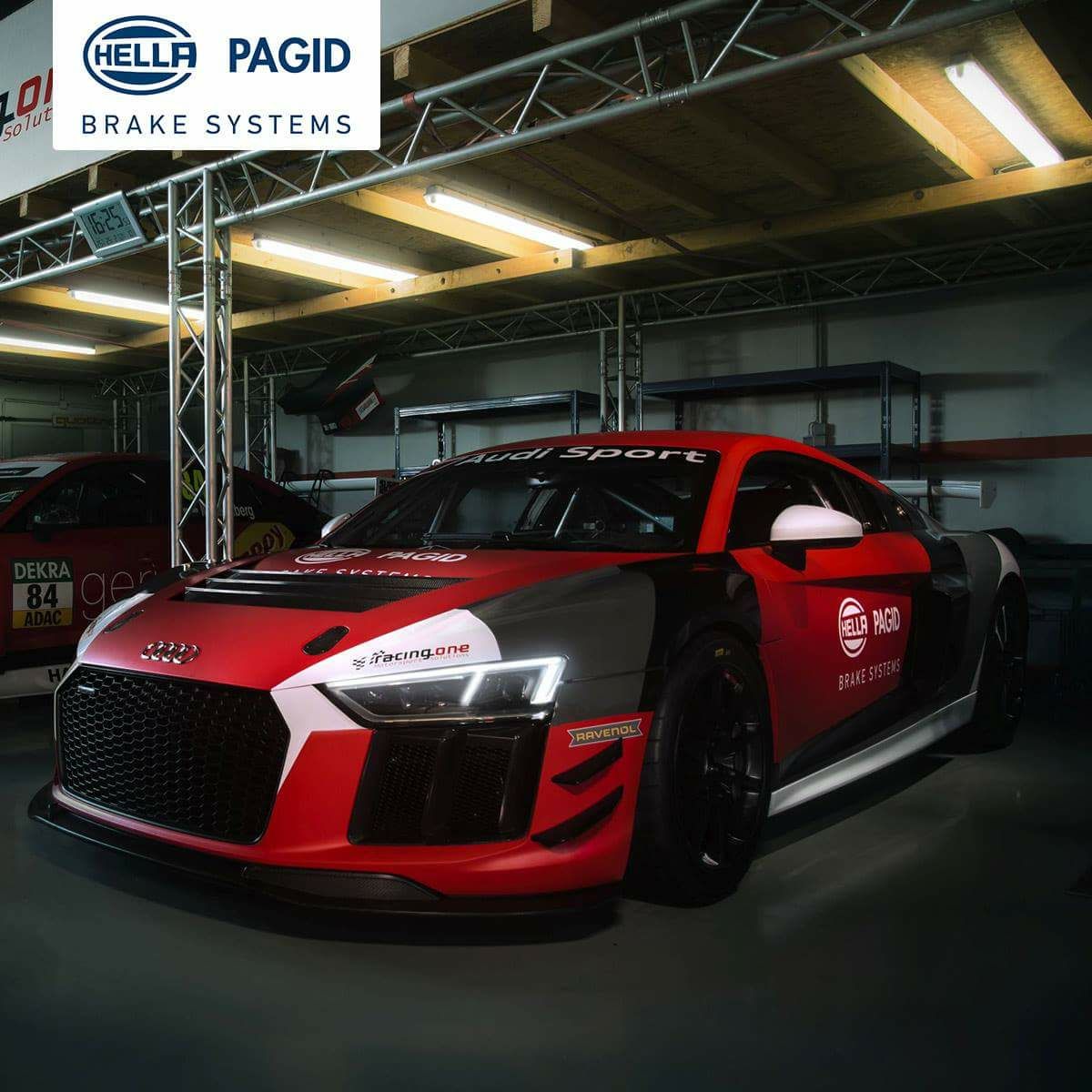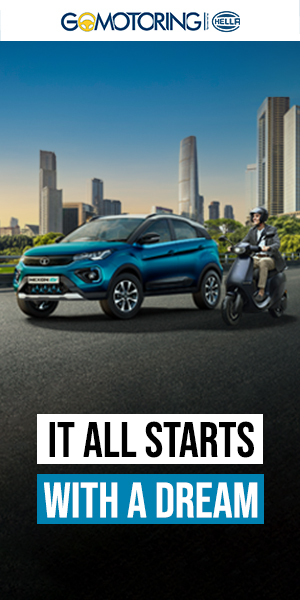Touring car racing is widely popular in many countries like Australia, Brazil, Argentina, Britain, Germany, Sweden and Norway. Although it is an auto racing competition of advanced racing cars, its speed cannot be compared with Formula One.
The touring car series includes endurance races of 3-24 hours. The technical difference between racing cars and touring cars is very minor that can’t be noticed by the casual observer. Touring cars are the family cars like hatchbacks, and sedans, and do not contain high technical levels.
All the riders have to cover the road track within the shortest period being quick and sharp because the margin can be less than one-tenth.
Equipment for Touring Car Racing
The race kit is a basic necessity while preparing for the first race that consists of a helmet, firearm suit, gloves, and racing boots.
Helmet: It is specially tailored for racing and is round in shape, made of fibreglass shell, Kevlar or carbon fibre and is aligned with Nomex padding and energy-sucking foam.
Head Sock: also known as a balaclava and is made of Nomex and worn before the helmet
Gloves: They are made up of leather and Nomex to provide protection to the hands of the rider and ensure perfect grip.
Driving shoes: The outer layer is of leather or suede and the inside layer is of Nomex. Drivers are expected to wear fireproof socks.
Firearm suit: This is a one-piece fire-resistant uniform. It protects the driver from direct flame and avoids burns.
Building a Touring Racing Car
Usually, the cars are regular cars with further modifications. Hard work hours and detailed reworking transform the car into the highest level of a sports car. The road car is converted into a bare body shell with acid dripping to remove the paint and make the surface better for wielding things. After making the car a bare piece of metal it is further filtered by the team before designing the race machine. After the team’s satisfaction regarding dimensions then race-bred parts are shaped.
Few controlled parts are necessary for all racing cars and are installed with front and rear sub-frames. To the front of the car, an aerodynamic splitter is connected. After the completion of the suspension process, the base of the fuel tank is welded. The roll cage is installed followed by welding the shell of the car and then engines are installed. Further, a racing seat, six-point harness, and highly complex electronic dashboard are installed. At last, controlled AP brakes and the outer part of the car are stickered.
Want more of the world of automotive – check out the social media pages of GoMotoring. Connect anywhere, Twitter, Facebook, and Instagram.
BREAKING NEWS

Indian Supercross Racing League Set for Media Launch and Logo Unveiling
Get ready to witness the ultimate battle of speed and skill...
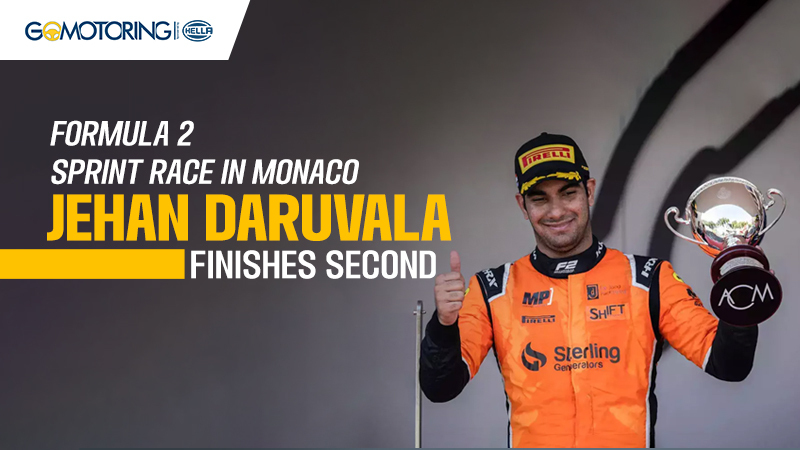
Formula 2 Sprint Race in Monaco: Jehan Daruvala finishes second
The Indian driver describes his Monaco Sprint Race performan...
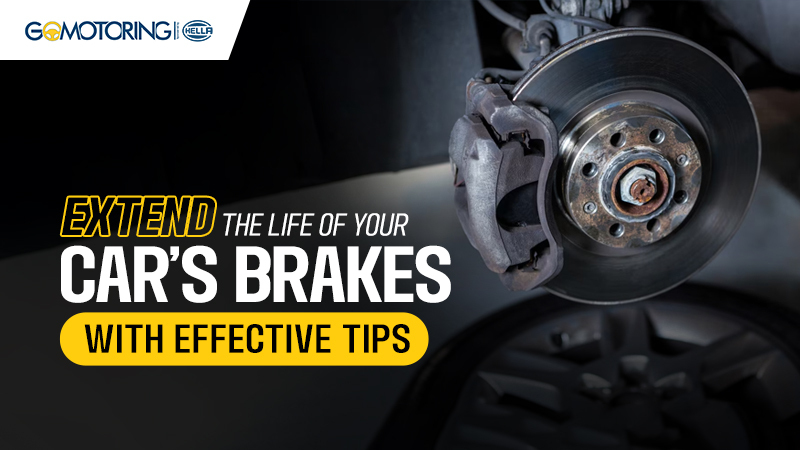
Extend the life of your car’s brakes with effective tips
As you are already aware, brakes are a crucial aspect of con...



